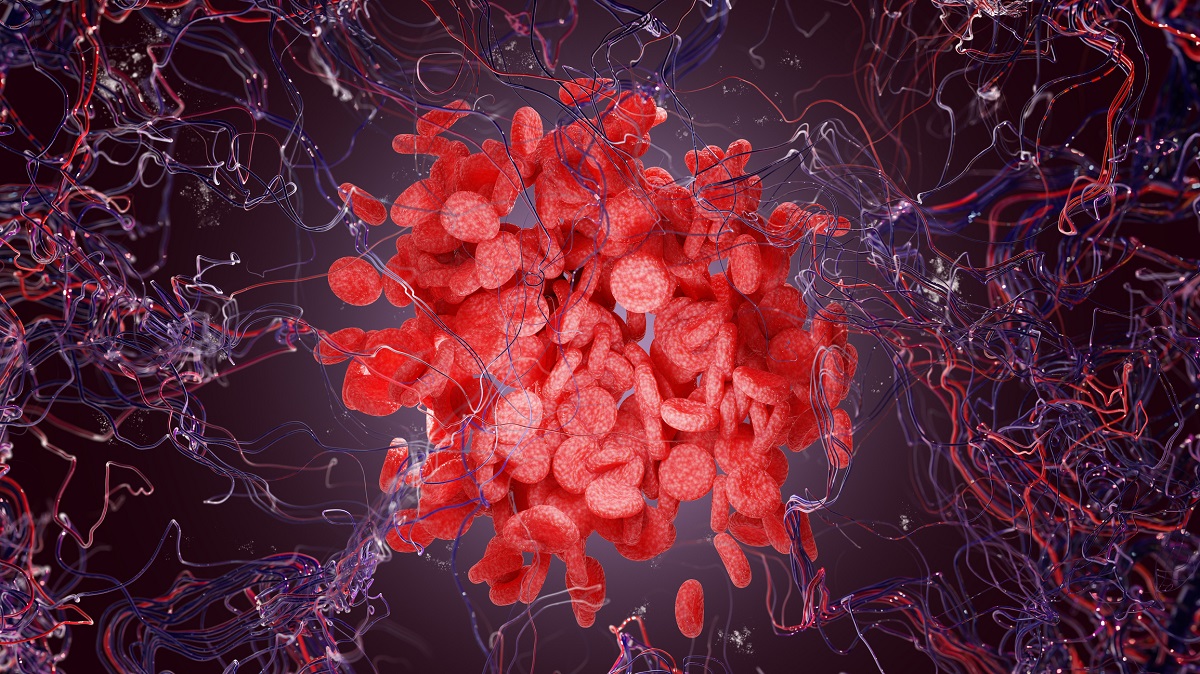KEY TAKEAWAYS
- The study aimed to explore ferroptosis in CML to understand its role in progression and treatment strategies.
- Researchers noticed that ferroptosis signatures in CML offer key diagnostic and therapeutic insights.
The relationship between ferroptosis and the progression and treatment of hematological tumors has been extensively studied, although its precise association with chronic myeloid leukemia (CML) remains uncertain.
Fangmin Zhong and the team aimed to assess the potential of targeting ferroptosis as a novel therapeutic strategy for drug-resistant CML.
They performed an inclusive analysis using multi-transcriptome sequencing data to assess the ferroptosis levels in CML samples and their correlation with the tumor microenvironment, disease progression, and treatment response. Machine learning algorithms were employed to identify diagnostic ferroptosis-related genes (FRGs).
The consensus clustering algorithm was applied to determine ferroptosis-related molecular subtypes. Clinical samples from patients were collected and sequenced to validate bioinformatics findings. Additionally, cell experiments were conducted to evaluate the therapeutic efficacy of induced ferroptosis in drug-resistant CML.
The ferroptosis scores were significantly lower in samples from patients with CML compared to normal samples, and these scores further decreased with disease progression and non-response to treatment. Most FRGs were downregulated in CML samples. A high ferroptosis score was also associated with greater immunosuppression and increased activity of metabolic pathways.
Through support vector machine recursive feature elimination (SVM-RFE), least absolute shrinkage selection operator (LASSO), and random forest (RF) algorithms, 5 FRGs (ACSL6, SLC11A2, HMOX1, SLC38A1, AKR1C3) with high diagnostic value were identified.
The clinical diagnostic value of these five FRGs and their effectiveness in differentiating CML from other hematological malignancies were validated using additional validation cohorts and a real-world cohort.
Significant differences were found in immune landscape, chemosensitivity, and immunotherapy responsiveness between the 2 ferroptosis-related molecular subtypes. Cellular experiments confirmed that CML-resistant cells are more sensitive to the induction of ferroptosis and that this can enhance the sensitivity of imatinib treatment.
The study concluded that the molecular signature of ferroptosis in CML samples reveals significant diagnostic and therapeutic insights. The identified FRGs have reliable clinical diagnostic value, and the characterization of ferroptosis-related molecular subtypes provides valuable information for tailoring patient-specific treatment strategies.
Targeting and inducing ferroptosis shows considerable promise as an effective therapeutic approach for overcoming drug resistance in CML.
The study was funded by the National Natural Science Foundation of China (82160405, 82160038, 82301578, 82170140 and 82370146), the Natural Science Foundation of Jiangxi Province (20232BAB216037, 20232BAB216050), the Key Research and Development Program of Shaanxi Province (2024SF-YBXM-151), and the Shaanxi Fundamental Science Research Project for Chemistry and Biology (Grant No. 23JHZ007).
Source: https://pubmed.ncbi.nlm.nih.gov/39026664/
Zhong F, Zhang X, Wang Z, et al. (2024). “The therapeutic and biomarker significance of ferroptosis in chronic myeloid leukemia. Front Immunol.” 2024 Jul 4;15:1402669. doi: 10.3389/fimmu.2024.1402669. PMID: 39026664; PMCID: PMC11254662.



